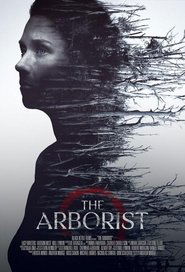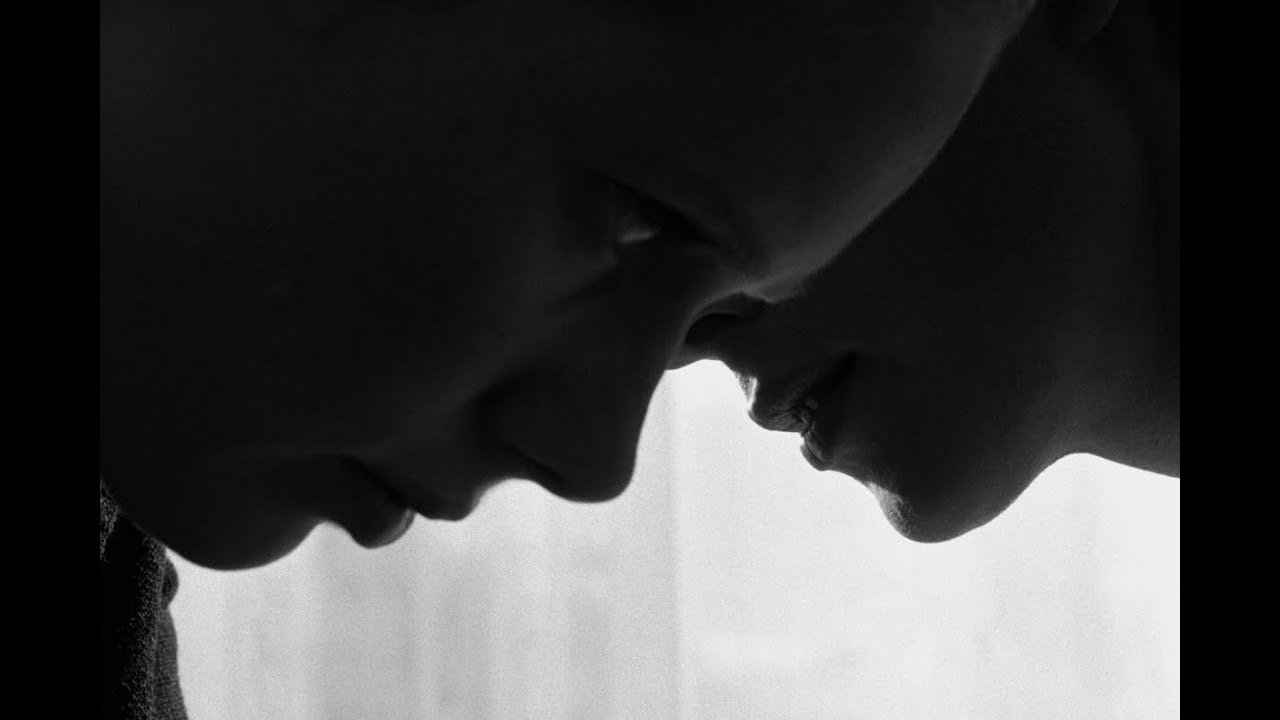Read The Arborist (2025) Movie
Watch The Arborist (2025) Spoiler

A grief-stricken arborist and her son awaken a haunting when they begin felling trees at the estate of a mysterious recluse.

-
## The Arborist: A Rooted Tragedy of Silence and Escape
"The Arborist," not to be confused with botanical documentaries, is a gut-wrenching, experimental film that utilizes reconstruction and lip-syncing to tell the true story of Vicky Lawton, a young woman whose life was tragically intertwined with the consequences of heroin addiction and systemic failures. While the film avoids straightforward narrative, its unconventional approach leaves a lasting, profoundly unsettling impression. Here's a deep dive into why "The Arborist" is more than just a true crime recreation; it's a chilling portrait of a life lived on the margins.
The film centers around Vicky, a mother grappling with severe heroin addiction and mental health issues. The unique aspect lies in how her story is told: not through traditional dramatic acting, but through actors lip-syncing to recorded interviews with Vicky, her family, and social workers involved in her case. This technique, initially jarring, soon becomes the film's most powerful tool. It creates a haunting distance, allowing us to observe Vicky's struggle without the immediate emotional pull of a conventional performance.
This distance allows the audience to become complicit observers, forced to confront the uncomfortable truths about the social systems designed to help people like Vicky, but ultimately failing her. We see the cycle of addiction, the revolving door of rehab facilities, the strained relationships with her family, and the frustrating bureaucracy that repeatedly failed to provide lasting support.
One particularly poignant scene involves Vicky discussing her dreams of becoming a florist. The actors lip-syncing to her recorded voice, filled with a hopeful naivete, are juxtaposed with visuals of overgrown, neglected gardens. This visual metaphor perfectly captures the essence of Vicky's life: a seed of potential choked by neglect and the overwhelming weeds of addiction.
The film avoids sensationalizing Vicky's addiction. Instead, it focuses on the quieter moments, the everyday struggles, and the subtle shifts in her personality as the addiction consumes her. We see her frustration, her desperation, and her fleeting moments of clarity, all conveyed through the disembodied voices of the interviewed.
The ending, while not explicitly depicting Vicky's death (which involved accidental suffocation during a drug-induced stupor), is devastating. The final scenes show the actors, now silently present, navigating Vicky's abandoned apartment. The emptiness is palpable, a stark reminder of the void left by her absence.
"The Arborist" isn't a comfortable watch. It's a demanding, often frustrating experience that challenges viewers to confront their own prejudices and preconceived notions about addiction and mental health. The experimental style, while initially off-putting, ultimately serves the film's purpose: to force us to listen, to observe, and to understand the complexities of a life tragically cut short.
This film is a reminder that behind every statistic, behind every news headline about addiction, there is a human being with dreams, hopes, and a story that deserves to be heard. "The Arborist" gives Vicky Lawton's story a voice, a haunting and unforgettable voice that lingers long after the credits roll, leaving the audience to ponder the systemic failures that contributed to her demise. It is a vital piece of filmmaking, forcing us to confront the uncomfortable truths about the individuals lost in the branches of a broken system.